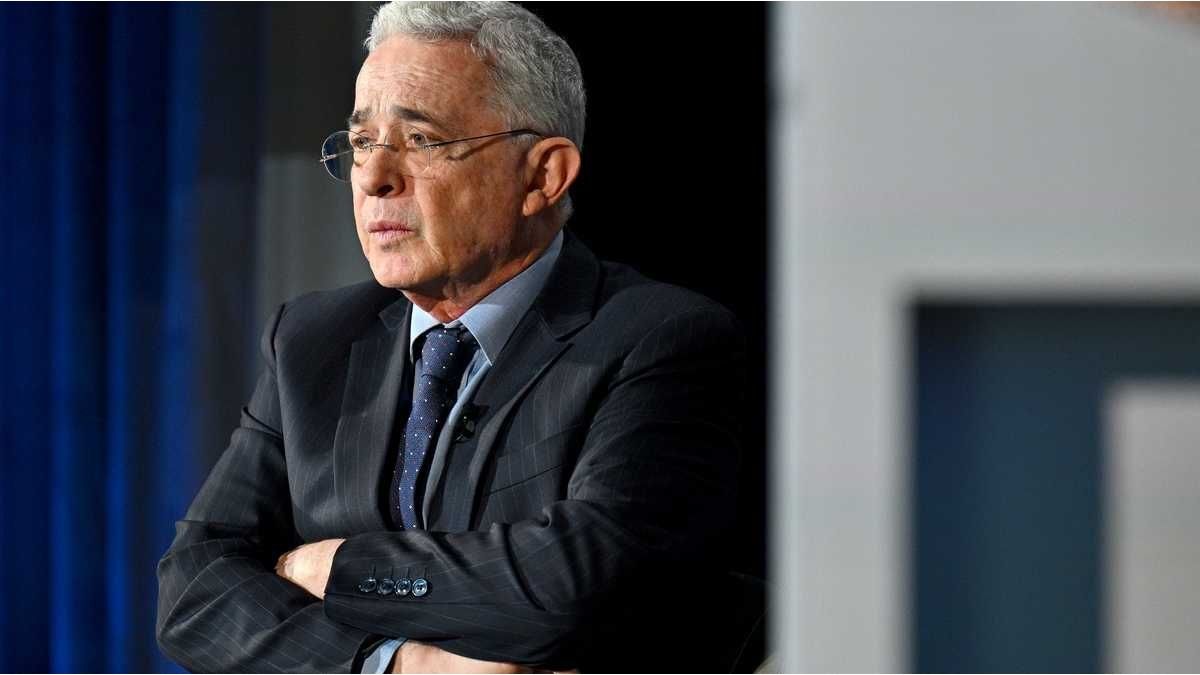Emissions trading
Brussels wants to prevent price increases for fuel and heating
Copy the current link
Add to watchlist
A reform of emissions trading is due in 2027. Sounds complicated – but it can be expensive for consumers. How the EU Commission wants to avoid this.
The EU Commission wants to prevent huge price jumps for refueling and heating from 2027 – and to do so intervene in the trading system with greenhouse gas certificates. With so-called emissions trading, companies have to prove their rights to emit greenhouse gases. From 2027, fuels will also be included, which particularly affects the transport and building sectors.
At a meeting of the environment ministers of the international community in Luxembourg, EU Climate Commissioner Wopke Hoekstra suggested, among other things, that the member states release more certificates more quickly – in order to lower the price with more supply.
There had previously been pressure from member states to take action against the expected price jumps. In a letter to the EU Commission, Germany and around a dozen other countries called for “improvements to be considered before the market launch”.
What is the European emissions trading system?
In order to reduce greenhouse gases, the so-called emissions trading system (ETS) was set up in 2005. This currently applies to industry and the energy sector: certain companies must have certificates for the emission of climate-damaging gases such as carbon dioxide (CO2) and can also trade with them as required. This should serve as an incentive to save greenhouse gases.
From 2027, the system will be expanded across the EU to include heating of buildings and transport (ETS2). Increasing CO2 pricing is intended to create an incentive for greater savings and for switching to climate-friendly technologies – for example, electric cars or more climate-friendly heating systems. In Germany, national emissions trading currently applies to all buildings and transport. From 2027, the national system is to be replaced by the Europe-wide one.
There is currently a fixed CO2 price in Germany; it is currently 55 euros per ton. According to the Fuel Emissions Trading Act, a price corridor is set for 2026 with a minimum price of 55 euros per emissions certificate and a maximum price of 65 euros per emissions certificate. After EU-wide emissions trading, the CO2 price will be determined on the market from 2027.
What does this mean for people in Germany?
Many experts expect fuel and gas prices to skyrocket with the start of Europe-wide emissions trading for transport and buildings in 2027. A study by the German Institute for Economic Research comes to the conclusion that the CO2 price for fuels will rise significantly due to strict European emissions caps and, in some cases, little progress in phasing out fossil fuels in Europe. According to studies, prices of 200 euros per ton are possible.
The ADAC expects increases of up to 19 cents per liter of gasoline and diesel starting in 2027 and in subsequent years – depending on how quickly climate protection progresses. According to a study by the Munich Research Institute for Thermal Insulation, households could face significant cost increases from 2027, especially for people who live in buildings with poor energy efficiency.
The Caritas Association has already called for the introduction to be socially buffered from 2027. “If CO2 price increases are not accompanied by social support, then the poorest people would have to eat up the soup that others have brought in,” said the President of the German Caritas Association, Eva Maria Welskop-Deffaa, recently.
In order to cushion the additional burdens of emissions trading from 2027, a billion-dollar climate social fund is to be created from its income.
What should change now?
According to the EU Commission, there will be certificates for around one billion tonnes of CO2 in the European emissions trading system for buildings and transport by 2027. Since the number of certificates influences the development of the CO2 price, EU Climate Commissioner Hoekstra suggests as an option to release more certificates more quickly from the start of ETS2 – in order to lower the price with more supply. “If market prices exceed 45 euros, a top-up mechanism is triggered that doubles the volume of certificates to be released,” said the Dutchman. In addition, all certificates that have not been released by the end of 2030 should be kept in a reserve. The system is actually scheduled to expire in 2030.
The EU Commission plans to present a formal legislative proposal with the changes in the next few weeks. The EU states and the European Parliament must then discuss it before it can come into force.
dpa
Source: Stern




